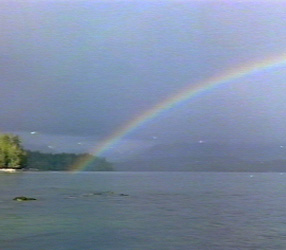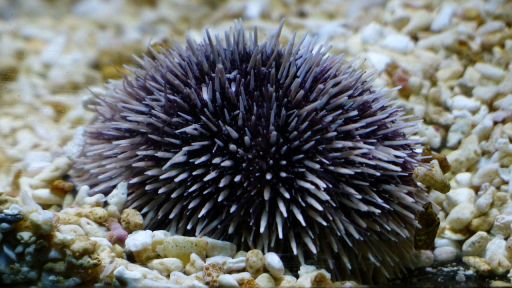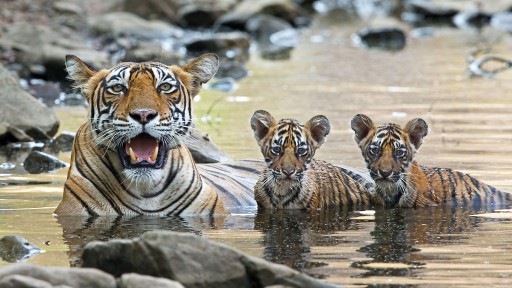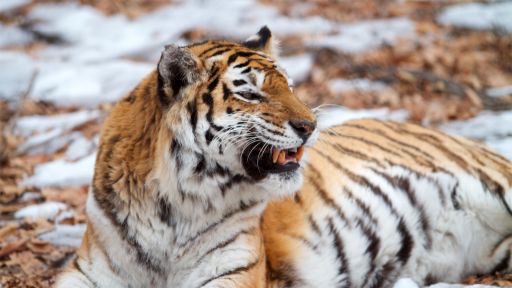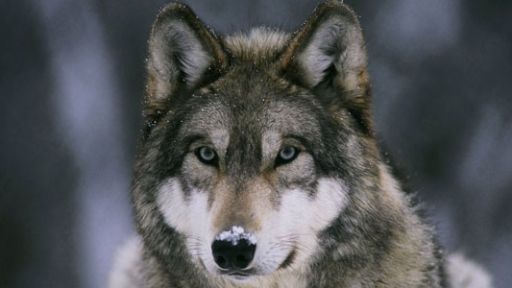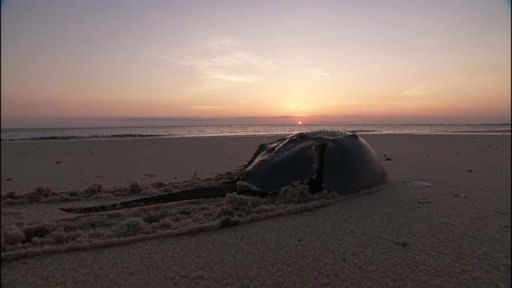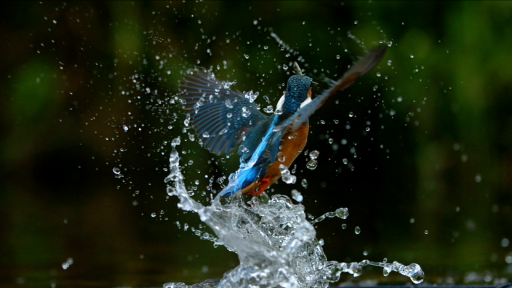Where the sea meets the land, life is abundant. More than half of the world’s human population lives within a few dozen miles of a coastline, and many other land animals often find their way to the continental margins as well. In LIFE AT THE EDGE OF THE SEA, bears can be seen wandering the rocky coast, scooping up small crabs. The nipping crustaceans provide a nutritious addition to the bear’s diet, particularly early in the year when fruits and berries are not yet plentiful. Mink also poke around the tide pools looking for treats.
It is birds, however, that have developed the most acrobatic style of preying on seafood. In a kind of take-out dining, crows and gulls will pick up tough-shelled clams, mussels, or crabs in their beaks and carry them high into the air, then drop them, like bombs, to shatter onto the rocks below.
These bombardiers need to be careful, however: they must go high enough to ensure that the plummet breaks the shell, but not so high that another bird can steal their meal. Such thieves are everywhere along the coast: even the majestic bald eagle often bullies other fish-eating birds into dropping their catch in order to scoop it up for themselves. These encounters only add to the constant turmoil that makes life where the ocean meets the land so captivating. Like a wave that crests, sinks, and then builds again, the edge of the sea constantly replenishes itself, creating new and endlessly enthralling patterns.

